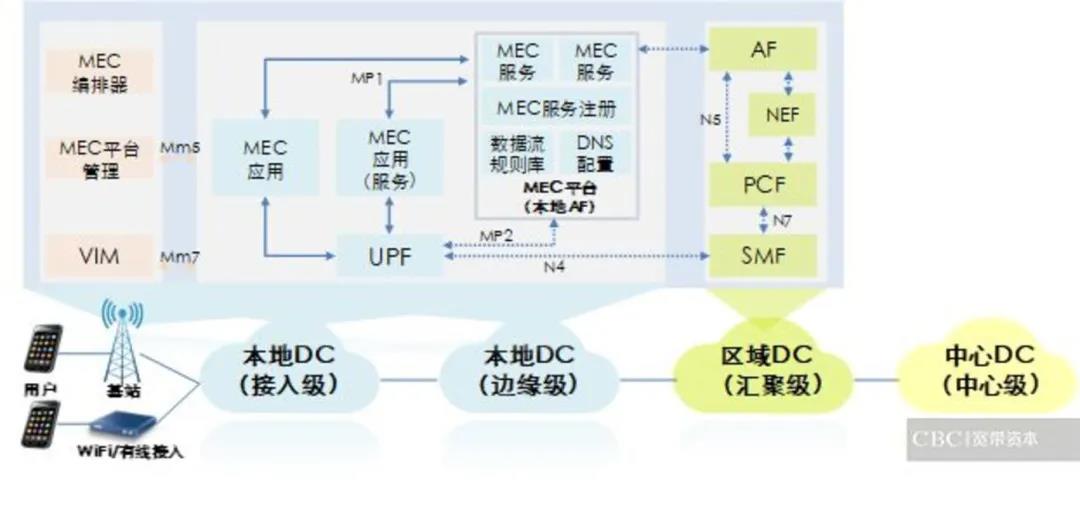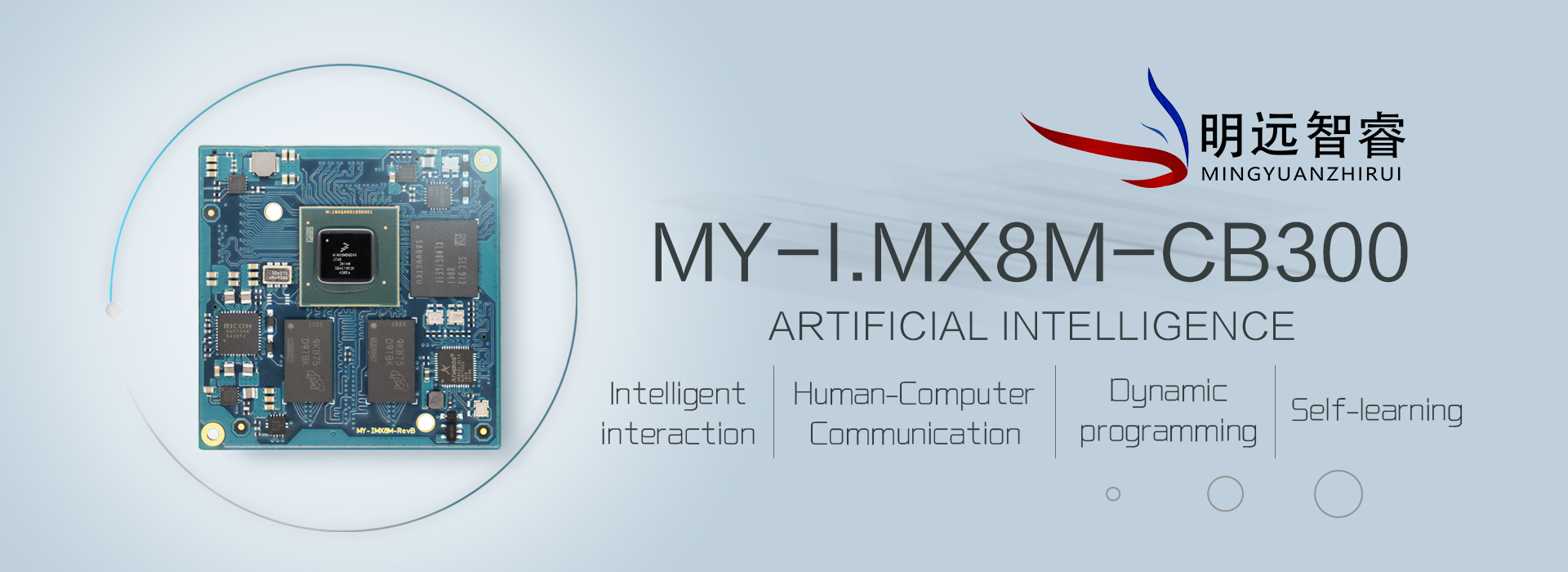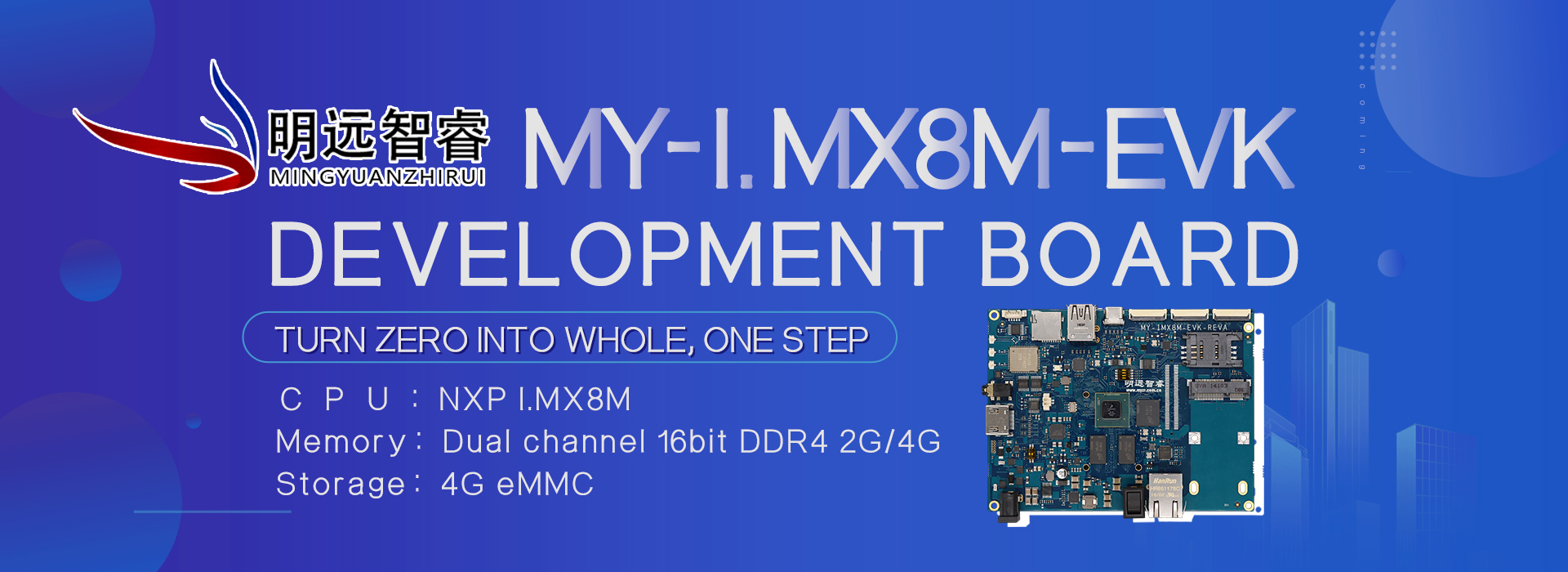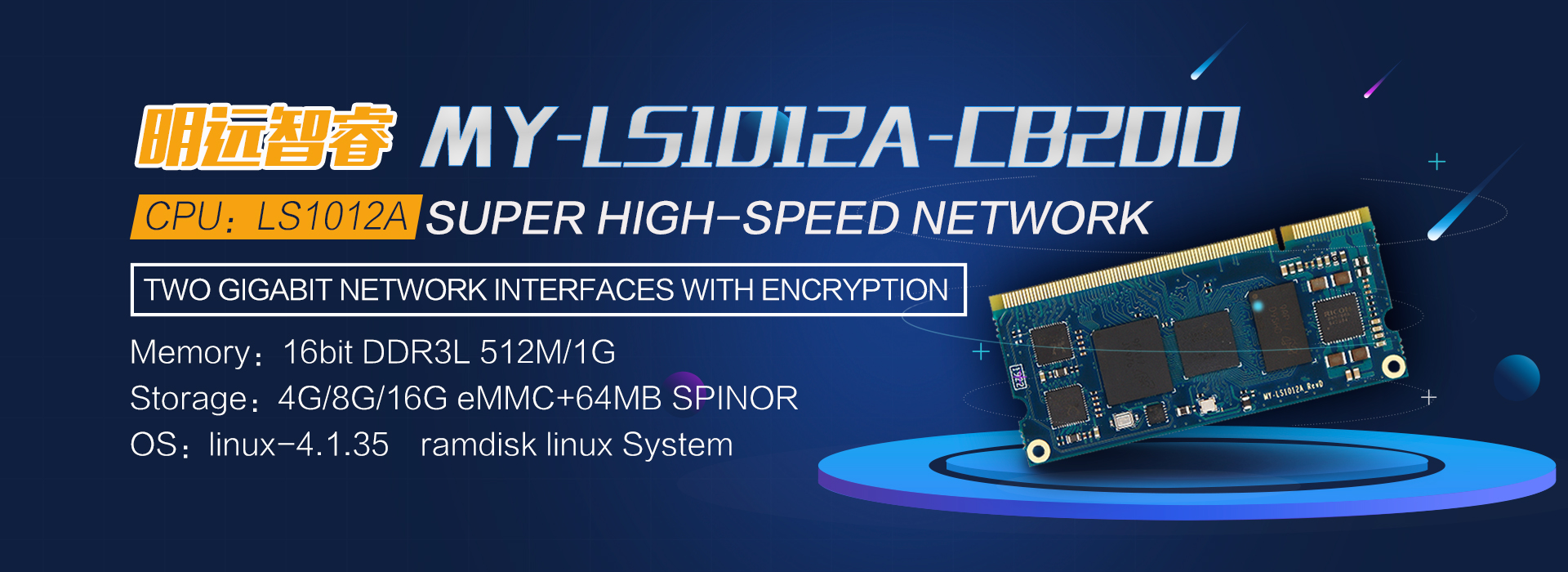For a long time, artificial intelligence and wireless communication technology have been developing in their own tracks. They have experienced germination, explosion, silence and revival, but they have not much to do with each other.
Since the development of history, the third AI wave led by deep learning and big data is underway. Wireless communication technology has gone through 1g, 2G, 3G and 4G. Operators all over the world begin to talk about 5g network. At such a point in time, there is an opportunity for the convergence of the two high-profile technologies.

5g promotes the development of AI application
Compared with 4G network, 5g has a great enhancement in user throughput, end-to-end delay and connection density. Because of this enhancement, 5g network can carry many intelligent services that 4G network can not now carry.

For example, intelligent medicine, such as remote surgery, has very high requirements for time delay and image recognition. 4G network load may not meet the requirements of time delay and bandwidth of image transmission, while 5g has the characteristics of low time delay and large bandwidth. It can carry well for remote surgery in intelligent medicine.
For example, in the future, in the 5g urllc low delay scenario, automatic driving can also be better supported. It also includes smart home, smart grid and smart agriculture, which have very high requirements for connection density. 5g mmtc scenario for high-density connections can also provide a very good bearing for these intelligent services. There is also industrial automation, which has the same requirements for time delay as automatic driving. It needs to accurately control some industrial equipment to complete the combination and assembly of various parts.
With 5g network in the future, these AI driven intelligent services can be better developed.
AI promotes 5g commercial deployment
On the other hand, we can see why the commercial deployment of 5g network is inseparable from artificial intelligence. Artificial intelligence has developed for more than 60 years, and our communication network is not only now. So why does artificial intelligence become an essential technology when it reaches 5g? We can see from three aspects: 1. New network architecture; 2. New air port technology; 3. New deployment mode.
New network architecture
In 5g network, we introduce SBA (service-based Architecture) network architecture and network slicing. Network slicing can combine the network elements and virtual network elements used in slicing according to the needs of users, and dynamically allocate the resources or bearing resources of virtual network elements according to the changes of traffic volume. However, this dynamic adjustment of on-demand allocation and network architecture is not supported by traditional manual means.
The traditional network architecture adjustment cycle is based on years. Generally, it is planned and deployed based on years. Once deployed, it will not change for a long time. In the future, the adjustment of network resources is likely to be made in hours. This kind of high-frequency, accurate delivery of network resources requires artificial intelligence technology to assist the implementation.

-
New air port technology
There are two most important characteristics of 5g air port: one is mass MIMO or 3D mass MIMO (large-scale antenna); the other is high-frequency communication. Mass MIMO brings the increase of antenna number and power. Compared with 4G frequency, 5g frequency is at least twice higher than 4G frequency. 4G from 1.8g to 2.5G, 5g from 2.6g to 4.9g. This increase in frequency means that the area covered by each site will be smaller and the number of sites will be larger.
As we have learned, the minimum power consumption of 5g base station is about 2700kw, at least three times that of 4G base station. So a large number of 5g base stations will bring us very high power consumption costs. Therefore, we must introduce the means based on artificial intelligence to do the energy saving of 5g base station, including the intelligent configuration of mass MIMO, the intelligent identification of user distribution and scene, and some intelligent carrier shutdown technologies to be considered to optimize the wireless network.

-
New deployment mode
5g core network is based on virtual cloud deployment. In addition, an important concept, multi access edge computing (MEC), is introduced. In the future, many 5g network elements will be deployed in the data center in the form of virtualization, and the number of this data center will be large. In addition to the provinces and cities in the region, there will be some edge ones, even sink to the access office, and some conditional computer rooms will also put these servers, for example, to do 5g UPF (user plane function) next time, for local business Platform deployment and traffic offloading, etc.
In the case of carrying the same amount of traffic, the power consumption of the server will be greatly increased compared with the traditional network equipment. Therefore, in terms of deployment mode, we also need to introduce some artificial intelligence and big data means to save energy in the data center, control and save energy in the overall refrigeration system of the computer room, and reduce the expenditure of opex (operating expense).

From the above three aspects, 5g is the most complex network faced by operators, which requires a lot of investment, including fixed investment and operation investment. A lot of 5g network maintenance work is not satisfied by traditional artificial methods, so it is urgent to introduce artificial intelligence to support the real large-scale commercial deployment of 5g network.
AI application scenario in 5g
5g end-to-end slicing intelligent arrangement and operation
5g end-to-end slicing intelligent arrangement
5g end-to-end slice intelligent operation
Optimization of mass MIMO parameters based on AI
Intelligent weight search and monitoring
UE location estimation and prediction
Scene self-learning
AI assisted intelligent wireless network planning
AI based intelligent edge computing
Local cache
Intelligent location
Spectrum sensing
Business perception
Smart infrastructure energy conservation
Energy saving of intelligent base station based on AI
Energy saving of data center (DC) based on AI
AI assisted operation and maintenance optimization
Network fault prediction
Network health check
Network alarm correlation and fault location
i. Mx8m Mini application processor is a multi-core processor with high cost performance, which is suitable for advanced graphics, imaging, machine vision, audio, voice, video and safety critical applications.

i. Mx8m Mini application processor adopts four core arm cortex-a53 and single core general-purpose cortex-m4 for low-power processing; it has 3D GPU and 2D GPU, as well as Vpu.
With industry-leading audio, voice and video processing functions, it can be applied to a wide range of commercial and industrial medical fields, including various audio and video applications, intelligent charging piles, advertising machines, new retail vending / ticketing machines, human-computer interactive query and business processing machines, Internet of vehicles, power Internet of things, intelligent lamp posts, intelligent buildings, intelligent medical care, intelligent transportation, intelligent city, etc Field.










